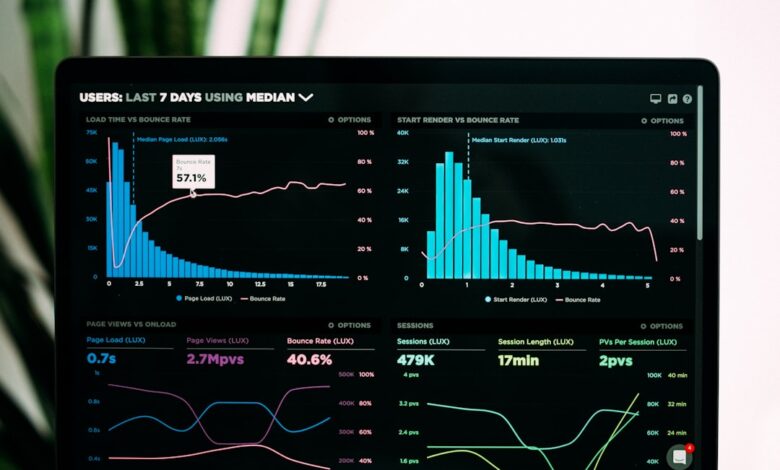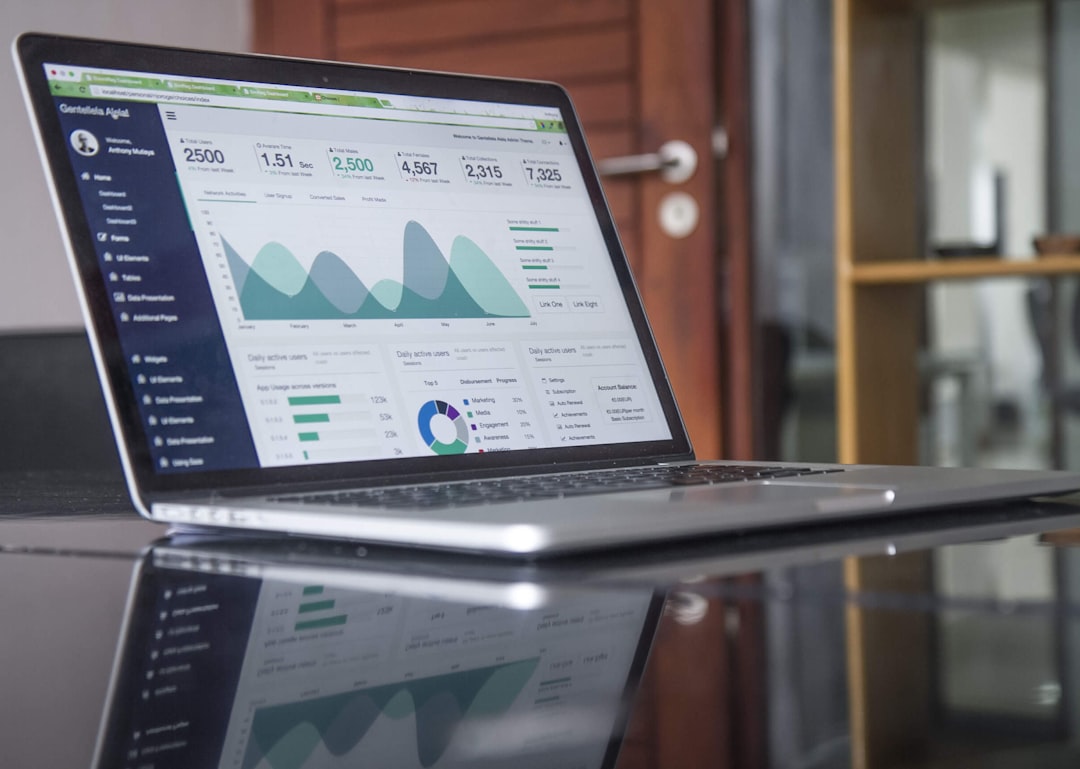Best Free Graphing Software

Math class can be tough, especially when you start dealing with graphs! But don’t worry, you don’t need to spend a ton of money on fancy software to make awesome graphs for your homework or projects. There are plenty of free options out there that are just as powerful and easy to use. As a math tutor, I’ve tried out a bunch of them, and I’m here to share my favorites with you.

Why Use Graphing Software?
Before we jump into the list, let’s talk about why graphing software is so helpful. First, it can save you tons of time. Drawing accurate graphs by hand can be slow and tedious, especially with complex equations. Software can do it in seconds! Second, it reduces errors. A computer is much less likely to make a mistake than you are when plotting points. Third, it lets you experiment. You can quickly change the equation and see how the graph changes, which is great for understanding how different parts of an equation affect the shape of the graph.
My Top Free Graphing Software Picks
Okay, let’s get to the good stuff! Here are my recommendations for the best free graphing software. I’ve included a variety of options so you can find one that fits your needs and learning style.
Desmos
Desmos is my absolute favorite. It’s web-based, meaning you don’t have to download anything – just go to their website and start graphing! It’s incredibly user-friendly, with a clean interface and intuitive controls. You can easily plot functions, inequalities, tables of data, and even create animations. Desmos is perfect for high school students and beyond, and many teachers use it in their classrooms. One of the best things about Desmos is how quickly it updates the graph as you change the equation, making it really easy to visualize how the equation and graph are related.
GeoGebra
GeoGebra is another fantastic option, and it’s a bit more comprehensive than Desmos. It’s available as a web app or as a downloadable program. GeoGebra is great for geometry, algebra, calculus, and even 3D graphing! It has a steeper learning curve than Desmos, but it’s worth it if you need a more powerful tool. It’s used a lot in college-level math courses. GeoGebra’s strength lies in its ability to combine different areas of math into one interactive environment. You can draw shapes, create constructions, and define functions all within the same workspace.
Microsoft Mathematics
If you’re a Windows user, Microsoft Mathematics is a solid choice. It’s a free program that offers graphing capabilities along with a bunch of other useful features like equation solving and unit conversions. It has a hand-drawn input feature which is pretty neat – you can literally draw the equation you want to graph! It’s not as visually appealing as Desmos or GeoGebra, but it’s a powerful tool nonetheless. Microsoft Mathematics can handle complex calculations and offers step-by-step solutions, which is helpful for understanding the problem-solving process.
GraphCalc
GraphCalc is a simpler, downloadable program that’s perfect if you need something basic and lightweight. It’s not as fancy as the other options, but it gets the job done. It can plot standard functions, as well as polar and parametric equations. GraphCalc is great for students who just need to visualize basic graphs without all the extra bells and whistles. The interface is straightforward, and it’s easy to learn the basics quickly.
Tips for Using Graphing Software Effectively
Now that you have some options, here are a few tips to help you get the most out of your graphing software:
- Experiment! Don’t be afraid to play around with different equations and settings. The best way to learn is by doing.
- Read the documentation or watch tutorials. Most software comes with helpful documentation or online tutorials that can teach you how to use the more advanced features.
- Use the zoom feature. Zooming in and out can help you see the graph in more detail or get a better overview.
- Pay attention to the window settings. Make sure the x and y axes are scaled appropriately so you can see the entire graph.
- Take advantage of the table feature. Most graphing software can generate a table of values for your equation, which can be helpful for understanding the relationship between x and y.
Benefits of Using Graphing Software
Beyond simply creating graphs, these tools offer some cool benefits. Graphing software helps you visualize abstract math concepts, making them easier to understand. Seeing the shape of a function can really solidify your understanding of its properties. Using software helps increase accuracy and efficiency, especially when working with complex equations. You can also easily explore different scenarios by changing the parameters of your equations and observing the results in real-time. It’s also a great tool for collaboration. You can easily share your graphs with classmates or teachers.
Are there any safety concerns?
While these programs are great, it’s important to be aware of a couple of things. Always download software from the official website to avoid viruses or malware. Be careful about sharing your personal information on these platforms. While the graphing functions are safe, some platforms offer social features. Lastly, don’t rely solely on the software to do all the work. Make sure you understand the underlying math concepts.
Frequently Asked Questions (FAQ)
Is Desmos really free?
Yes! Desmos is completely free to use. There are no hidden fees or subscriptions. It is supported by donations and partnerships with educational organizations.
Which graphing software is easiest to learn?
Desmos is generally considered the easiest to learn because of its intuitive interface and user-friendly controls.
Can I use these programs on my phone or tablet?
Yes, both Desmos and GeoGebra have mobile apps available for iOS and Android devices.
Can I use graphing software for statistics?
While Desmos and GeoGebra are primarily designed for graphing functions, they can also be used for basic statistical plots like scatter plots and histograms. For more advanced statistical analysis, you might need dedicated statistical software.
Do I need internet access to use these programs?
Desmos and GeoGebra both have web-based versions that require internet access. However, GeoGebra and Microsoft Mathematics also offer downloadable versions that can be used offline. GraphCalc is also a downloadable program.
So, there you have it – my top picks for free graphing software! Whether you’re a high school student struggling with algebra or a college student tackling calculus, these tools can help you visualize math concepts and make your life a whole lot easier. Don’t be afraid to try out a few different options and see which one works best for you. Happy graphing!



